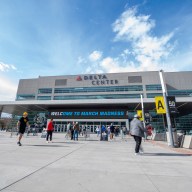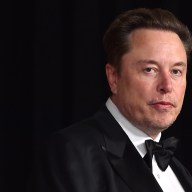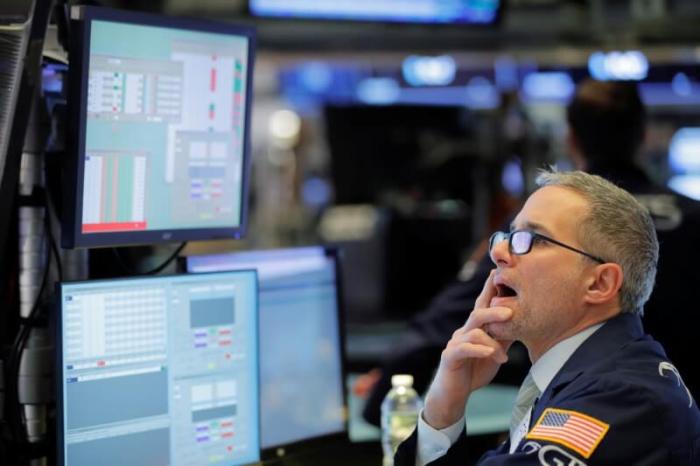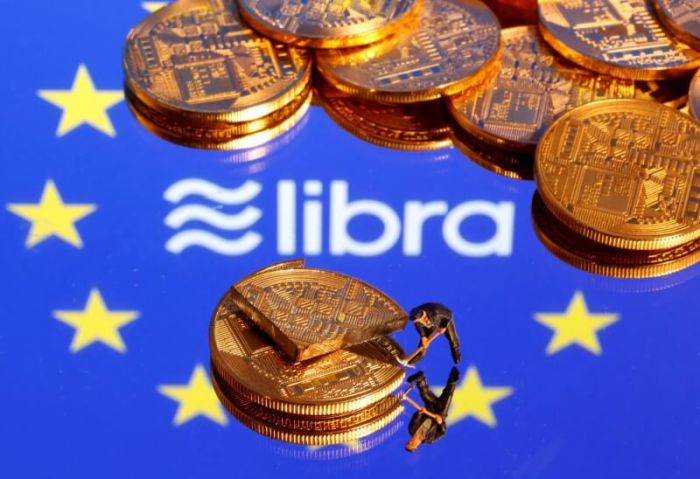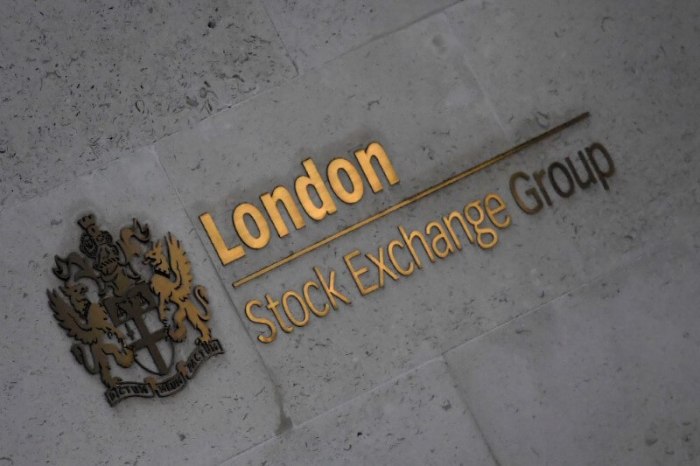By Howard Schneider, Ann Saphir and Jonnelle Marte
SAN DIEGO/BALTIMORE (Reuters) – Federal Reserve policymakers who last year were frequently at odds over where to set U.S. borrowing costs opened 2020 telegraphing confidence in the state of the economy and signaling broad agreement that monetary policy is right where it should be.
In their first remarks in the new year, heads of several regional Fed banks noted a strong job market, robust consumer spending and a rising optimism for a resolution to the trade tensions that had nicked growth in the second half of 2019.
And after cutting interest rates three times last year to bring the Fed’s target to a range of 1.5% to 1.75% and ensure global headwinds didn’t short-circuit the longest U.S. economic expansion in history, “I think most of us think that we are well-calibrated now,” Cleveland Federal Reserve Bank President Loretta Mester said in an interview on the sidelines of an economics conference in San Diego.
Based on forecasts of her fellow policymakers on the Fed’s rate-setting committee, she said, “the committee thinks a flat path (for interest rates)… is appropriate.”
Mester had been among a handful of Fed policymakers who argued last year that the U.S. economy did not need lower rates to continue to grow.
And while she and others noted the outlook could change if an outside shock like this week’s dramatic escalation of tensions between the United States and Iran knocks the U.S. economy off its current trajectory, most appear happy to leave rates where they are.
“The economy is still healthy,” Richmond Fed President Thomas Barkin said earlier Friday in Baltimore. Like Mester, Barkin had been skeptical of last year’s rate cuts. “I’m encouraged by recent jobs reports and the pace of holiday spending,” with last year’s round of three Fed rate cuts helping prop up demand for homes, cars and other big-ticket consumer items, Barkin added.
It was an assessment also shared by Chicago Federal Reserve Bank President Charles Evans who unlike Barkin and Mester supported last year’s interest-rate cuts. In a CNBC interview, Evans predicted U.S. economic growth this year would chug along at a rate of 2% to 2.25%, roughly the pace of expansion in the second half of last year.
The clutch of comments on Friday shows how comfortable most Fed policymakers are that the 2019 rate cuts will prove a sufficient buffer against the risks that spurred them into providing the stimulus, including slowing global growth and escalating trade tensions.
Indeed, after a fractious year for the Fed, which saw split votes on each of the rate cuts, officials agreed unanimously in their final policy meeting of 2019 to leave rates unchanged. Moreover, they agreed rates were likely to stay on hold for “a time” as long as the economy remains on track, minutes of the Dec. 10-11 meeting released on Friday showed.
“Participants judged that it would be appropriate to maintain the target range for the federal funds rate,” according to the minutes.
STILL SOME SIMMERING DIVISIONS
Even with their newfound consensus over the outlook for rates and the economy, there were some signs of tensions that could divide Fed policymakers as the year progresses.
Inflation has been running below the Fed’s 2% target, and that is worrying some policymakers including San Francisco Fed President Mary Daly.
“We are seeing some early evidence that long run inflation expectations are slipping,” Daly said at the annual American Economics Association meeting in San Diego. “We don’t have a really good understanding of why it’s been so difficult to get inflation back up.
Speaking at the same panel, Dallas Fed bank chief Robert Kaplan downplayed the danger of low inflation, noting that it is only a few tenths of a percentage point below the Fed’s target. At the same time he noted his worry that low rates could feed excesses in the financial system.
Mester, in her interview, took a similar stance. “I don’t see anything right now that suggests to me inflation is going to run away on the top side,” she said. “I don’t see it running too low either.”
(This story was refiled to add missing name in eighth paragraph.)
(Additional reporting by Jason Lange in Washington; Ann Saphir and Howard Schneider in San Diego, and Kanishka Singh in Bengaluru; Writing by Dan Burns, Howard Schneider, Ann Saphir; Editing by Andrea Ricci, Paul Simao and Sandra Maler)





